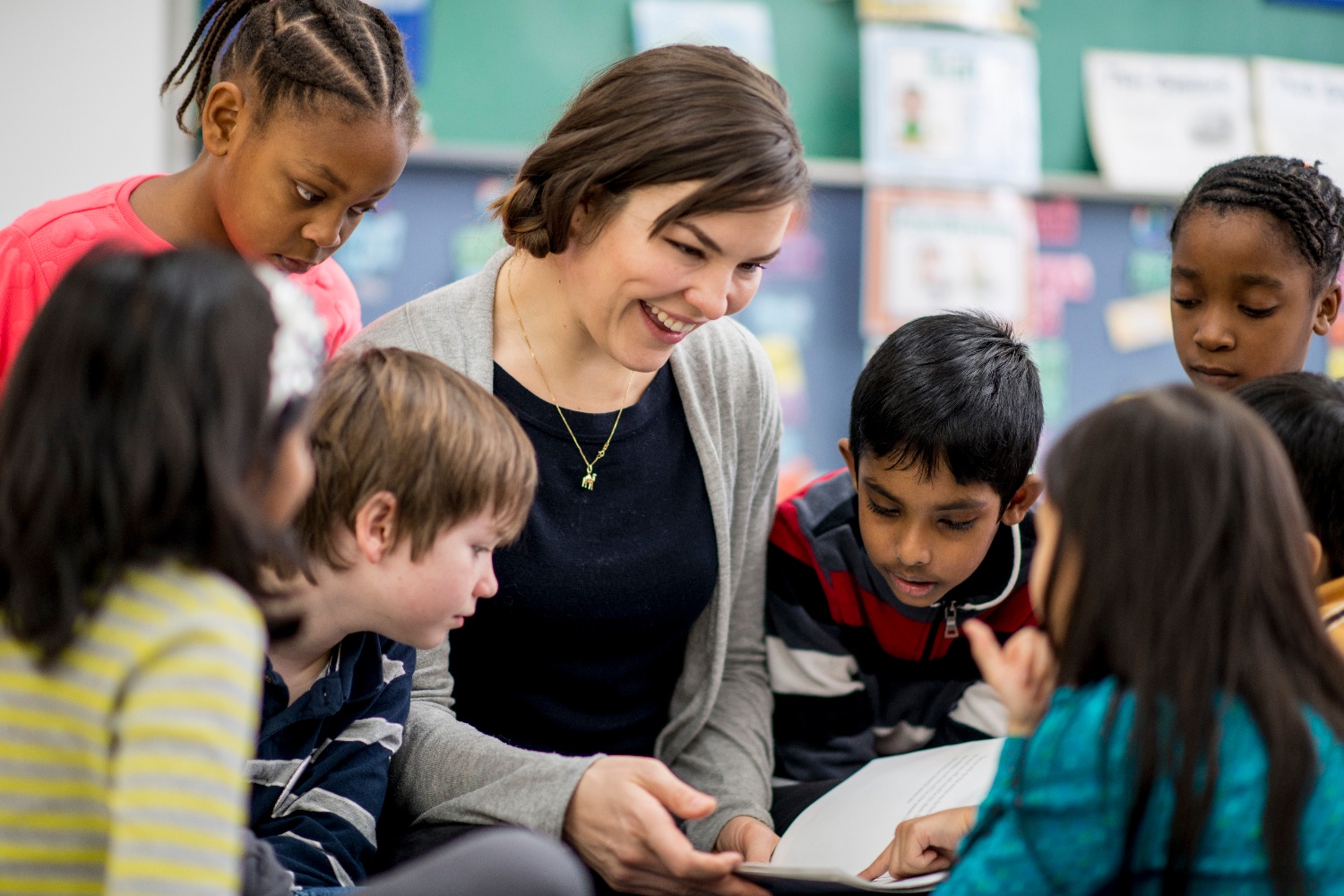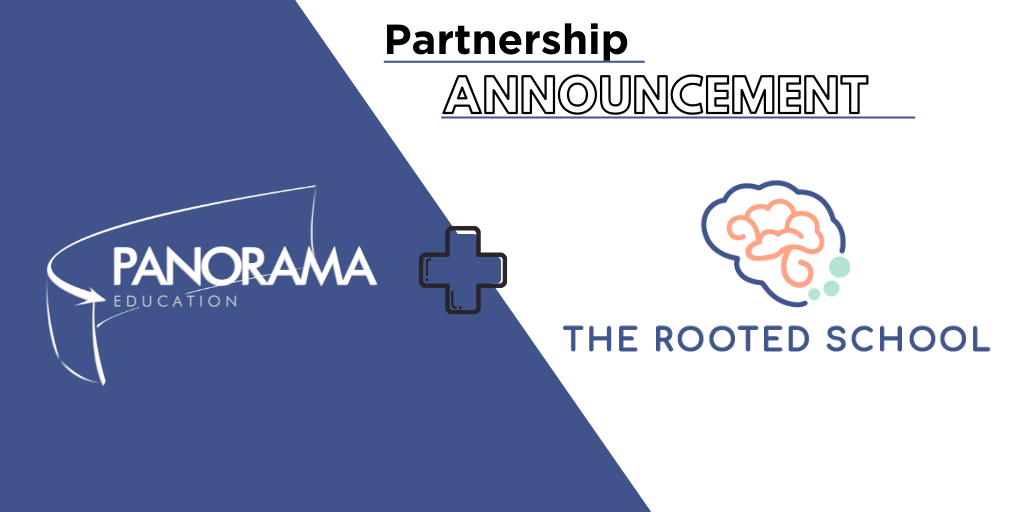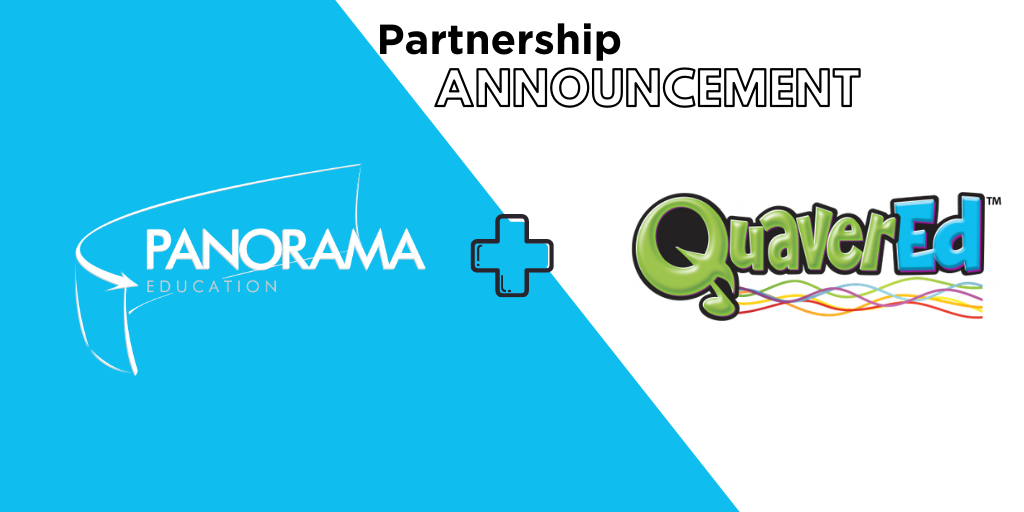Elizabeth Loehr (Professional Services Lead) taught for five years at the Kelly School in Chelsea, MA, a diverse, urban public school. Since leaving the classroom, she’s helped to support hundreds of schools in collecting data about about students’ social-emotional learning (SEL). She shares with us why SEL mattered so much to her as a classroom teacher -- and why she’s excited about Panorama’s new social emotional learning survey.
Like many other educators, I became a teacher for two main reasons: I had wonderful teachers who helped me grow into the person that I am today, and I wanted to help students develop into kind and empathetic people. My favorite teachers helped me develop my confidence and belief in myself; they helped catalyze my love of learning and pushed me to take advantage of opportunities. Though I didn’t know it at the time, the behaviors and mindsets that they instilled in me are now commonly known as social-emotional learning behaviors and mindsets.
For me as a teacher, social-emotional learning started by building relationships with my students. I wanted my students to feel like a family: strong individuals supporting and helping each other to grow and develop. Because I always had big classes of 25-30 students, it was critical for me to cement strong teacher-student relationships with each of my students at the beginning of the year.
"I needed to learn about their academic strengths and areas for growth, but more importantly, I needed to learn who they were as people: where they came from, what their families were like, what they loved outside of school, what they wanted to do with their lives."
Building relationships, modeling behaviors
Having a deep sense of who my students were allowed me to build relationships between students: I could pair like-minded students together, or encourage students with complementary skills to challenge each other. Over time, my students took to heart the behaviors and attitudes that I was modeling and trying to teach them. While they didn’t always get along, they learned how to work with each other, give each other positive affirmation, and support each other’s learning. When I think back to my proudest moments as a teacher, many of them involve watching my students put these social-emotional skills and behaviors into practice without my help or intervention.
Social-emotional learning isn’t a new idea. Teachers, including my own, have known for decades that cultivating the whole child is a critical part of building classroom community and educating students well. Teachers care as passionately or more about helping students learn who they are and how they can contribute to the world as they do about helping students perform well academically.
"The recent focus on SEL within education is a positive indication that more schools and districts are ready to focus on these skills, emotions, and behaviors in a deliberate and thoughtful way, because they know how transformative SEL is for all kinds of student outcomes in school, career and life."
Promoting SEL at my school
I saw this shift in my school in Chelsea during my time there, because we put more and more emphasis on student SEL in individual classrooms and school-wide activities. A portion of our School Improvement Plan was centered around building students’ grit, which led to our reading books about grit and celebrating the grittiest students of the month at our all-school assemblies.
One of my fellow teachers wrote this song about Grit that we had our students sing. While most of them thought the song was hilarious, they took learning what Grit was and how it could help them very seriously. And, yes, that's me on the left choreographing and leading the students' singing.
Despite the fact that there’s so much consensus about the importance of SEL, there haven’t been good ways to measure these skills, and there continue to be limited resources for teachers and administrators about how to teach SEL skills, emotions, behaviors, and mindsets. When I was in the classroom, I would have been incredibly excited about having a usable survey tool to measure my student’s SEL skills and behaviors, and even more excited about a set of resources that would have helped me develop my ability to teach social-emotional learning to my students.
"Particularly during the early days of building relationships with my students at the start of the year, having a sense of where my students were on key SEL indicators would have helped me plan my approach to improving my students’ academic outcomes and helping them grow socially."
Measuring social-emotional learning with Panorama
That’s why I’m delighted to be able to share Panorama's Social-Emotional Learning Survey that we’ve developed to help teachers and administrators measure their students’ SEL competencies and track growth across key indicators. I believe that Panorama’s SEL measures and new strategies for improving can transform the way that teachers, administrators, schools, and districts approach SEL.
My students are now in middle and high school, and I still hear from them regularly. I am incredibly proud to be one small part of making my students the people they are today: independent-minded, thoughtful, excited about the future, and confident in their ability to make a difference. I’m proud to support all teachers in cultivating these critical skills in their students, too.






.png?width=350&height=212&name=pano-ft-rsrce%20(1).png)